Razer's audio lineup continues to deliver in big ways, now with a genuinely great True Wireless offering.
The true wireless earbud market right is all about compromise right now. There are no headphones in the center of the battery life, audio quality, and feature-rich Venn diagram; you need to choose which is most important to you and buy accordingly. This year, Razer's focus on its audio products couldn't be more clear. As its audience grows up, their tastes have evolved as well. Audio quality is the priority, and Razer's new True Wireless Pro earbuds do a great job keeping what was good about the originals and improving in several critical areas.
But like all true Wireless earbuds, there are some compromises.
Razer Hammerhead True Wireless Pro
Bottom line: If you want audio quality in a set of earbuds you can actually move around with, Razer has delivered.
The Good
- Audio Quality is fantastic
- Battery life is decent
- Quick pairing for Android is nice
The Bad
- Lots of audio bleed
- Buttons are still kludgy
- No spatial audio is a bummer
Razer Hammerhead True Wireless Pro: What I like
Out of the package, these earbuds look huge. Having switched between several true wireless earbuds this year, I was actually caught off guard by how big these earbuds were. Most of the industry is focused on small, from Samsung's ridiculous beans to Apple's now globally recognized Airpods. Small is the trend. So seeing the Hammerhead wasn't following suit with the Pro model surprised me.
Then I put them in my ears.
Most of the bulk of these earbuds is right next to the ear tips, and for good reason. Unlike Samsung's beans, you can move around quite a bit without these falling out. The weight is all in your ear, and the tips form a nice seal. It doesn't matter what size ears you have; Razer has included a set of tips in the box for you.
This isn't like other tip kits where there's a small, medium, and large of the same material. Razer has two of each size in two different materials and a seventh set of tips made out of a squishy foam that expands to create a perfect seal for running. I've never had a set of earbuds come with so many options to make sure every kind of user is comfortable. Razer has raised the bar in a big way here.
Razer has raised the bar in a big way here.
Pop the earbuds in and on a modern Android phone, they just work. Android quick pairing works great on these headphones and immediately lets you start listening to whatever you want. If you want more functionality, Razer's app will give you EQ control and software control over features like active noise cancellation or audio passthrough. The big feature here is THX audio certification. It's sound quality which has earned the THX seal of approval, and wow, is that ever true. Watching movies with these earbuds in is a dream; the audio has so much body to it. Listening to the same scene with Apple's Pro offering, followed by Razer's Pro offering is embarrassing. It's not even close. Everything I listened to with these new Hammerheads sounded absolutely amazing.
Razer promises four hours of use to a charge with these earbuds, and my testing got almost exactly there every time. Plus, they have a battery case that can recharge them from dead five times to equal 20 total hours of listening before you need to plug the case into a USB-C port. No wireless charging here, but the case will fully recharge in about two and a half hours, which is nice. It couldn't be clearer here that the focus is audio quality, and Razer has undoubtedly delivered in this respect.
Razer Hammerhead True Wireless Pro: What I don't like
Of the many things to improve from the Hammerhead to the Hammerhead Pro, the physical interface was not one of them. You're supposed to be able to use the touch-friendly areas on the Razer logo emblazoned on the buds to interact with everything. One tap to play/pause and three-second hold to activate noise cancellation or enable passthrough. Three seconds with both sides at the same time to initiate pairing.
It sounds simple enough, but these are not simple taps. You really have to press, and often for a hair longer than it feels like you should. The play/pause interaction is a long press instead of a tap, and the pairing mode frankly feels like I'm touching my brain. The sensitivity on this touch interface needs to be cranked way up, and if I'm sincere, the less said about the programmed voice for these earbuds, the better. Please remove that half-dead robot and replace it with the chirps and bubbles present in your Opus headphones.
I love great audio quality, and Razer's new offering absolutely has that, but I'm also sharing that audio quality with everyone around me thanks to the audio bleed. No matter what tips I use, once the volume crosses 50%, the person next to me can hear everything I am. This may not have been particularly noticeable in the before times, but now grocery shopping in the middle of a pandemic means standing quietly in line where everyone around you can hear the song you're enjoying, and I'm just not a fan.
These are not the first THX headphones from Razer, and they will not be the last. The relationship between Razer and THX is only getting stronger, which is great. Still, it also means some interesting distinctions between groups of devices that need to be appreciated. For example, many of the Razer desktop headphones with THX certification can now also be upgraded to the amazing new THX spatial audio platform. It virtualizes the music so it sounds like experiences are coming from different directions. Wireless-first headphones like the Razer Opus and now the Hammerhead are not included in this right now, which is a shame. Apple adding spatial audio to the AirPods Pro was amazing, and they don't sound half as good as these do.
The competition
There are so many true wireless earbuds right now, and seeing what makes each special can be a little confusing. For the most part, I try to compare everything to the Jabra Elite Active 75t and Apple's AirPods Pro.
Jabra's earbuds have been widely appreciated for audio quality and the steady rollout of features and tweaks. They're nice and light, and as long as they fit, they're solid earbuds. Razer's offering is a noticeable upgrade in audio quality over Jabra, and both have decent microphones, even though Jabra has no little stick hanging out of the ear. But the biggest reason I'd consider Razer over Jabra here is the software. Razer's interface is so much nicer than Jabra's, and it makes a huge difference in my daily use.
Apple's AirPods are generally considered the best wireless earbuds, but not for any audio quality reasons. AirPods Pro offer loads of things Hammerheads Pro don't or can't offer, from a wireless charging case to a super slick transition from Apple device to Apple device without pressing any buttons to spatial audio tech. AirPods are by far the most convenient and easy to use true wireless earbuds you can buy today, but the audio quality award goes to Razer without question in this comparison.
Razer Hammerhead True Wireless Pro: Should you buy
You should buy this if ...
-
Audio quality matters most to you. With its THX certification and a huge selection of ear tips, you're going to get some great sounds from these earbuds.
-
You're sick of legacy tech in your earbuds. Android quick pairing and USB-C charging are huge, huge positive marks for me.
You should not buy this if ...
-
You're sharing a quiet space with other people. Audio bleed is very real with these earbuds; you will be sharing your music with others whether you like it or not.
-
You're easily annoyed by sluggish interfaces. The buttons on the earbuds are not fast, and they're probably not going to improve. Even simple things play/pause or answering phone calls takes longer than it feels like it should.
There's a lot to celebrate with these new true wireless earbuds. It can be difficult to differentiate from the pack or explain why your offering is on the higher end of the price scale in a space where it feels like a new set of earbuds are released every other week. These earbuds do not suffer from that affliction. For $200, you are getting great earbuds with active noise-cancellation and the closest thing to a guarantee you're ever going to get that these earbuds are going to comfortably fit your ear no matter who you are.
Razer Hammerhead True Wireless Pro
Bottom line: If audio quality is what you care about most, Razer has something special for you.
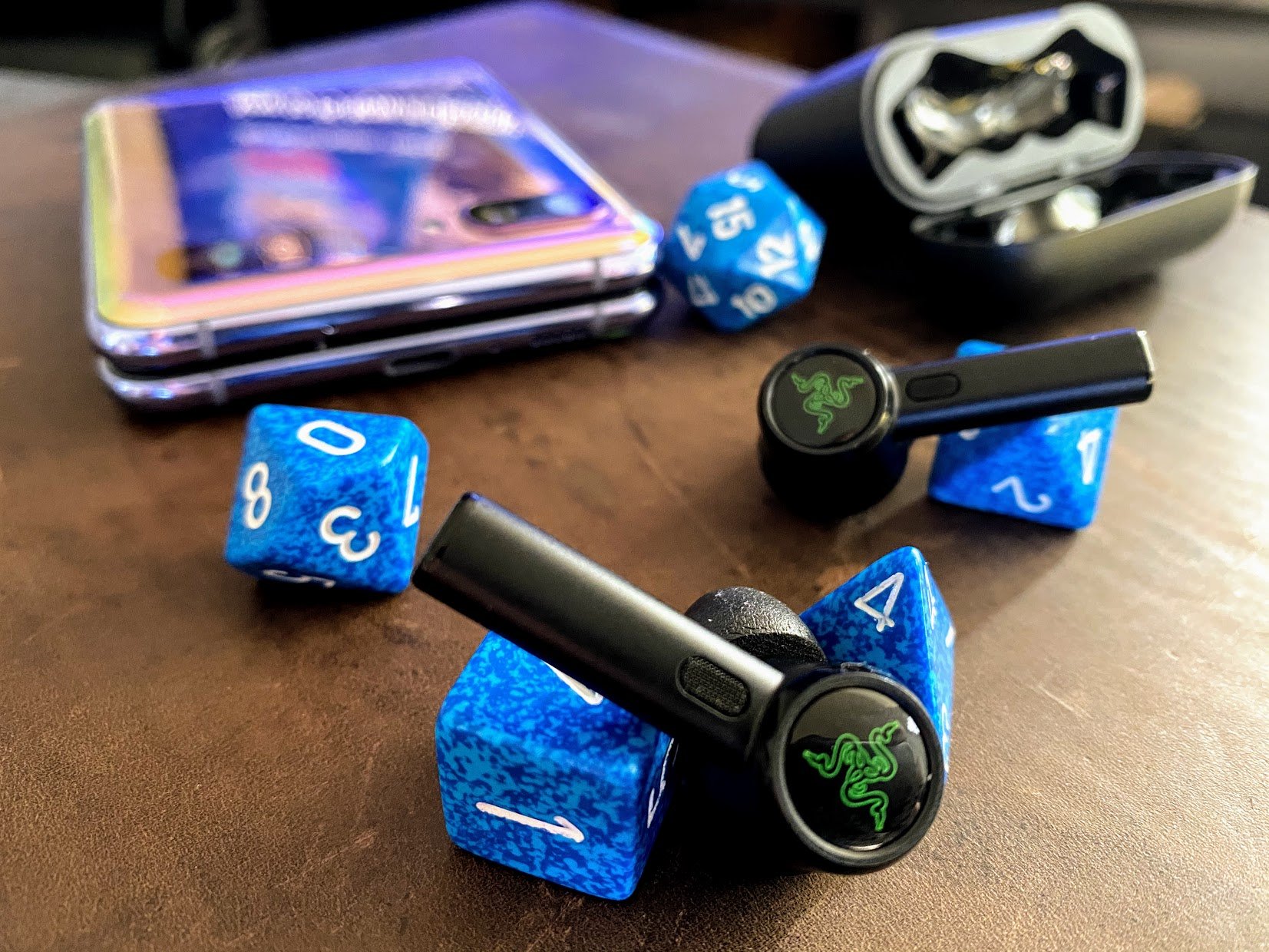
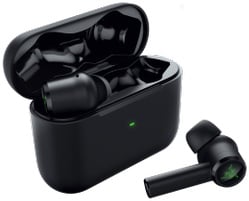
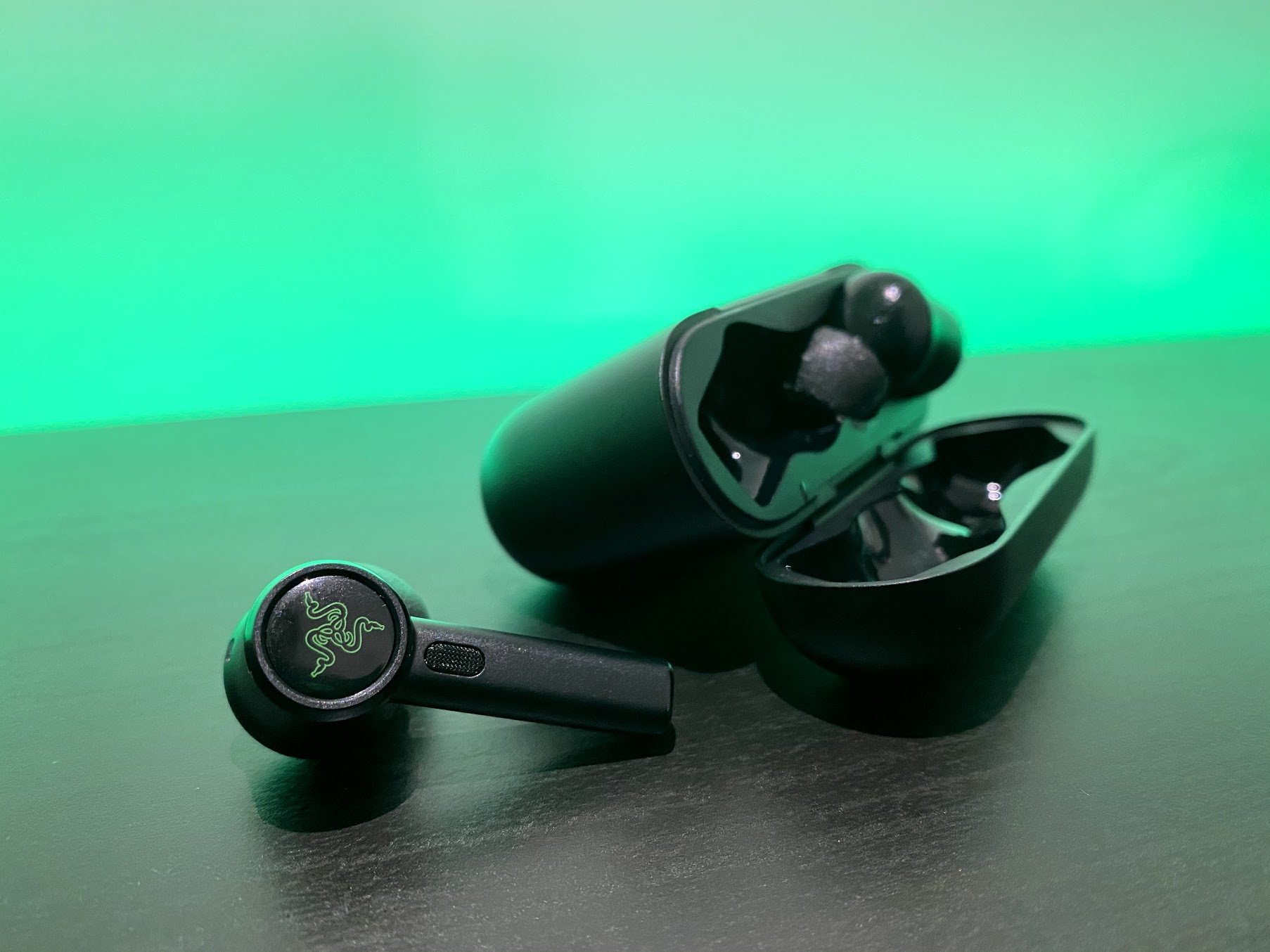

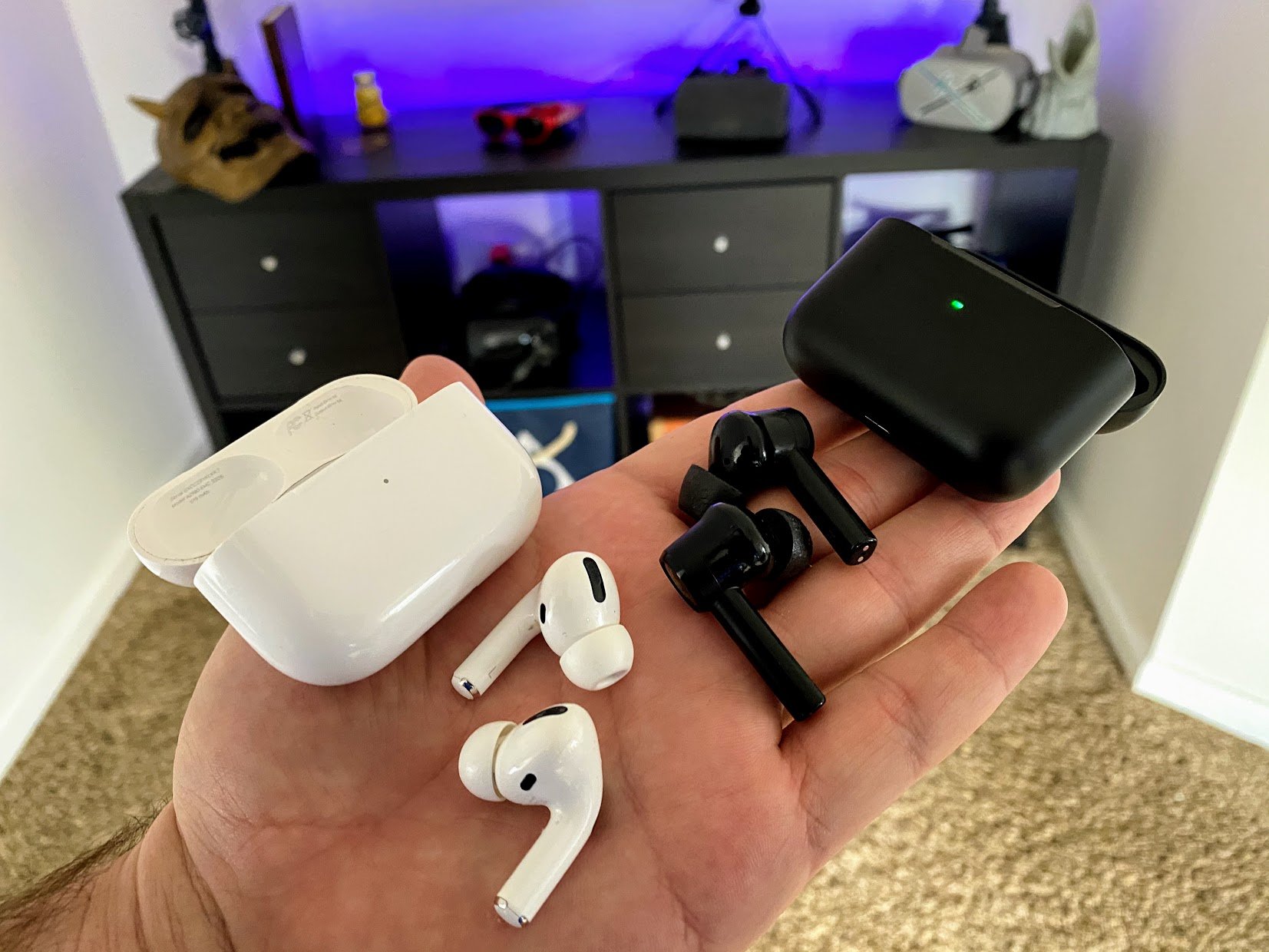
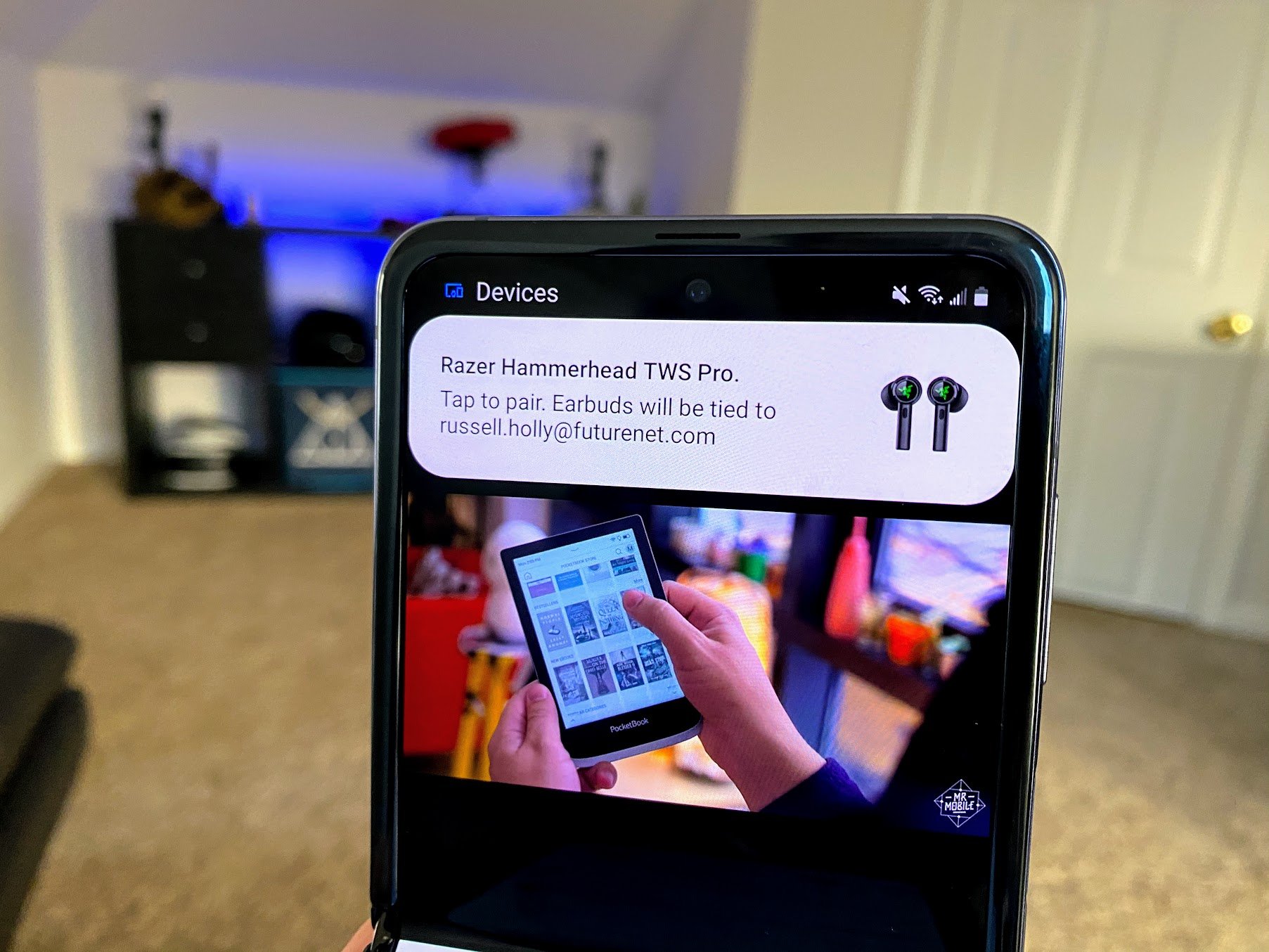
Tidak ada komentar:
Posting Komentar